
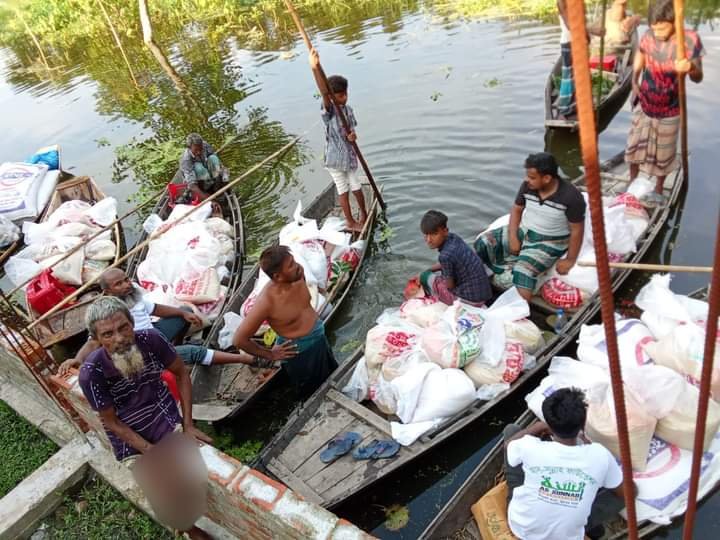
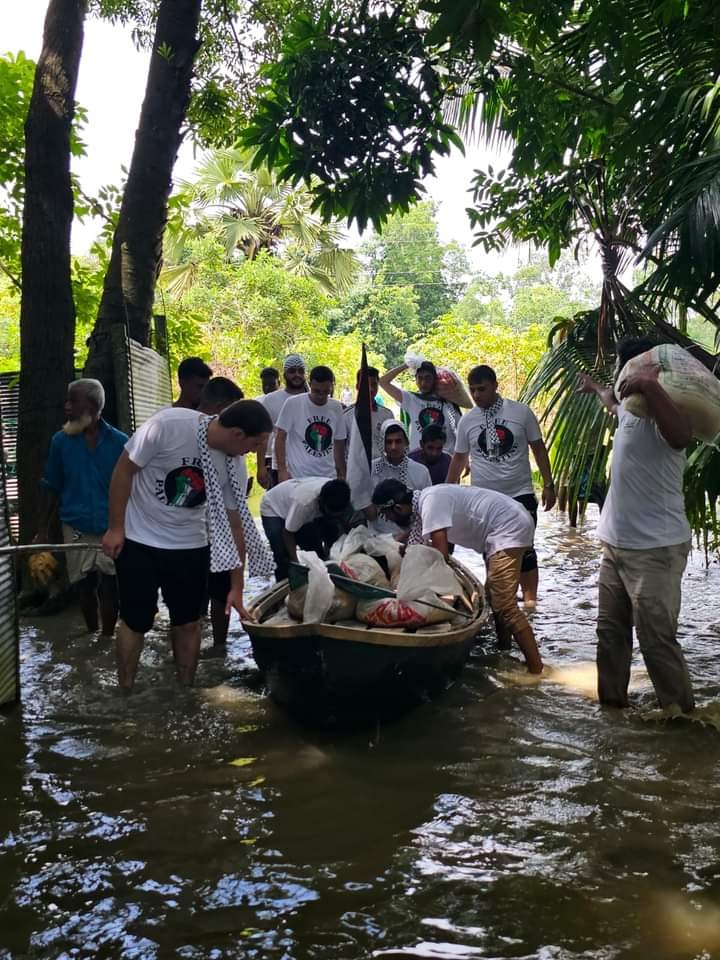
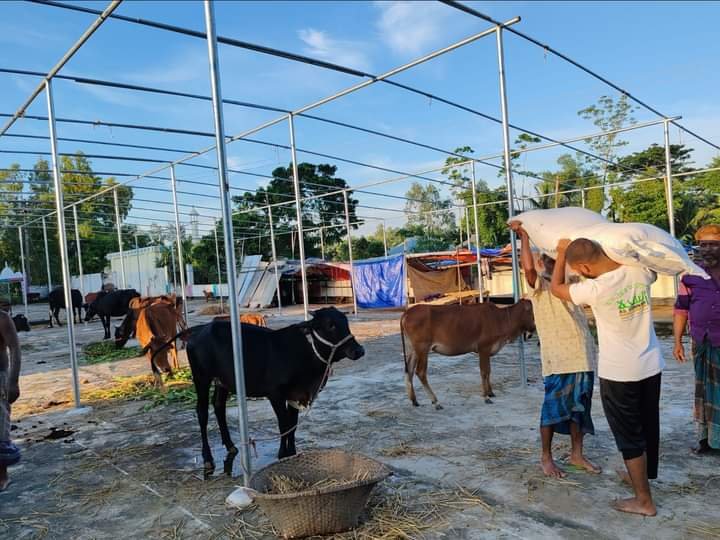
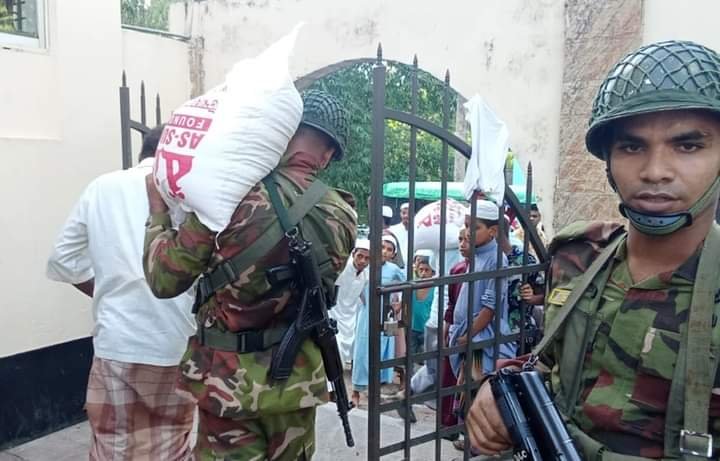
Due to climate change and rising sea levels, Bangladesh faced different kinds of tropical cyclones, heavy rain, disasters, landslides, drought, and floods. It is especially vulnerable to climate change, and rising sea levels can only cause an early rise of a huge population. Every year, Bangladesh faces multiple crises of natural forces. All of the reasons are climate change and huge population pollution in Bangladesh. Due to a lack of adequate space, people live in piles, and natural disasters occur due to plastic pollution in the ocean.
In August 2024, Bangladesh experienced huge floods in the three districts of Feni, Comilla, and Brahmanbaria. The southern region of the country is almost submerged due to landslides and floods. Two states of India, Tripura and Sikkim, were almost flooded. Bangladesh was flooded by upstream water. Due to the opening of India’s “Dombur” dam, Bangladesh was essentially flooded.
Due to the opening of India’s Dombur dam, the rivers Mohuri and Gomoti were flooded. The Gomoti River entered Bangladesh through Tripura; Comilla, Debidwar, Muradnagar, and Daudkandi were flooded.
Due to the low pressure created in the Bay of Bengal, a sufficient amount of rain in Bangladesh caused floods. Heavy rain started in India’s Tripura, Sikkim, and Bangladesh’s southeast area. The Flood Forecasting and Warning Center reported that Feni’s Parsuram received 304 mm, Khagrachari’s Ramgarh received 154 mm, Comilla 210 mm, Moulvibazar’s Kulaura 238 mm, and Kamalganj 163 mm of rain in the last 24 hours. India’s Tripura weather forecast called for Bogafa in Tripura with the highest rainfall at 375 mm, Belonia 324 mm, and Udaipur 307 mm of rain recorded. As a result, Bangladesh’s southeastern districts were flooded.
Main Reasons for the Floods in Bangladesh:
Various factors contributed to the floods in Bangladesh in 2024. Some important causes are given below:
- Climate change and rising sea levels: Due to climate change and rising sea levels, Bangladesh faced tropical disasters and floods this year. As a result of climate change, untimely rain brought floods.
- Open Dombur dam in India: This is an important cause of the floods in Bangladesh. Due to the heavy rain in the two states of India, Sikkim and Tripura, the Dombur dam was opened on the Gomoti River. Bangladesh flooded due to the increase in water in the Gomoti River. Feni and Comilla districts were suddenly flooded.
- River bottom fill: Most of the rivers in Bangladesh have filled bottoms. In this case, water-holding capacity is very low. Even a small amount of rain can cause the rivers to flood, resulting in rainwater entering the village areas.
- Lack of adequate dams: Bangladesh is a riverine country. There are not enough dams on these rivers. The rivers dry up during the dry seasons and flood during the rainy seasons. Due to the lack of dams on all the rivers in the country, floods occur.
- Lack of water agreements: All of Bangladesh’s rivers originate from our neighboring country, India. They have built dams on these rivers. Due to a lack of water agreements, Bangladesh experiences huge floods and drought every year. During the dry seasons, India closes the dams, and during the rainy seasons, they open them. As a result, Bangladesh suffers from floods.
- Environmental pollution: Due to the large population in Bangladesh, the country faces many natural disasters every year. Lack of land causes people to live densely in one place, and cutting the riverbanks contributes to flooding.
How the Flood Started:
Heavy rain and the opening of India’s “Dombur” dam caused the floods in Bangladesh. Every day, new areas and districts in southeastern Bangladesh flooded. The most dangerous districts were Feni and Comilla. People began fleeing in search of shelter. All of the primary schools were designated as shelters. At least 70 people died in this flood, and 20 thousand people were affected by various diseases. Many people took shelter on the roofs of buildings and the floors of houses. The most affected were children, women, and the elderly. Children and women suffered the most from waterborne diseases. Bangladesh suffered huge losses in this flood.
Amount of Damage in this Floods In Bangladesh:
Bangladesh suffered huge damage in this flood. Everything was damaged: land, property, houses, agricultural land, and domestic animals. Thousands of domestic animals were swept away by the flood. Farmers’ crops were damaged, resulting in huge losses to their projects. Farmers’ seedbeds were flooded, leading to food shortages throughout the country.
Rescue Operation:
The whole country participated in rescue operations during this flood. Various organizations came forward to assist in the rescue operations. The Bangladesh Army played a key role in these efforts. Some boats and helicopters were used in the rescue operations. General people also came forward to help. International organizations and local organizations joined the rescue operations. Rescuing people from remote areas was very challenging. Due to the high water levels, some rescue operations failed. These were challenging moments for Bangladesh.
Distribution of Relief:
Relief distribution started to reduce the impact of the flood. Local people, organizations, and international companies came forward to assist in the relief program. Relief was distributed to remote areas by helicopter through the Bangladesh Army. Thousands of people waited for relief. The whole country collected relief and forwarded it to different organizations. Clothes, medicine, and food for domestic animals were in short supply. Millions of money were donated by local and international organizations.
As-Sunnah Foundation’s Distribution of Relief:
During this flood, As-Sunnah Foundation came forward to distribute relief. They collected 10 million taka in 24 hours. A huge amount of money was donated by people through various payment methods, such as mobile banking and international payments. As-Sunnah Foundation purchased and packaged relief supplies. Thousands of people donated within 24 hours through mobile banking. A large amount of money was collected and distributed by As-Sunnah Foundation.
Collection at TSC:
The University of Dhaka started collecting relief at TSC. A huge amount of money was collected for flood relief. More than 1 crore 30 lakh taka was collected in 24 hours. It was a significant amount for flood relief. People from all walks of life, including students, laborers, fishermen, farmers, service holders, and women, participated.
Rehabilitation Process:
The country is now trying to recover through the rehabilitation process. Various organizations have started working on rehabilitation. The Bangladesh government has listed the people affected and is trying to build houses for them.
Thus, Bangladesh is facing serious problems.
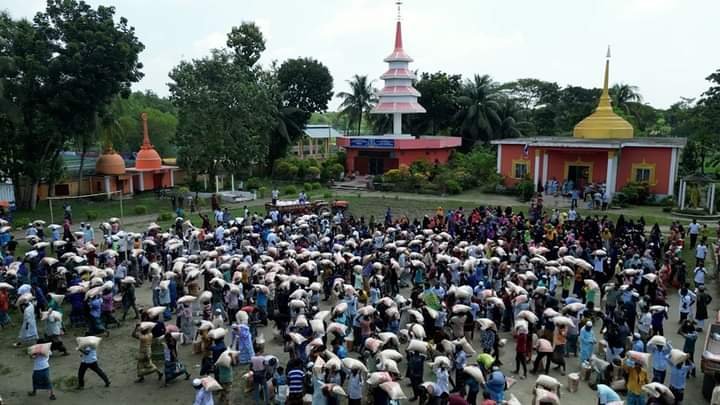
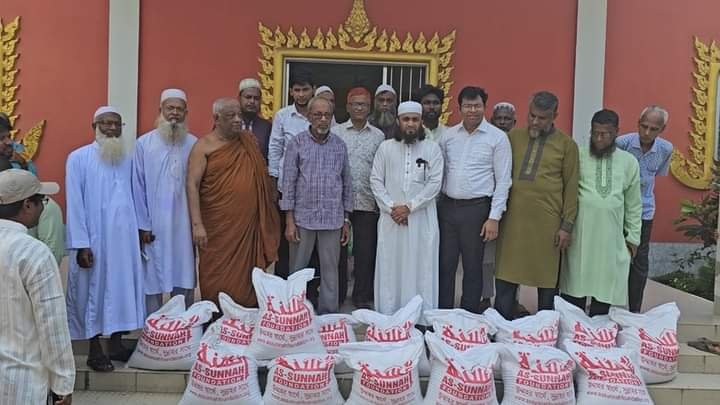
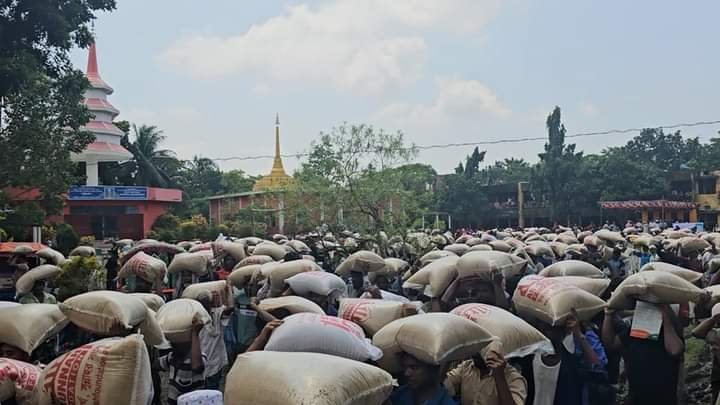
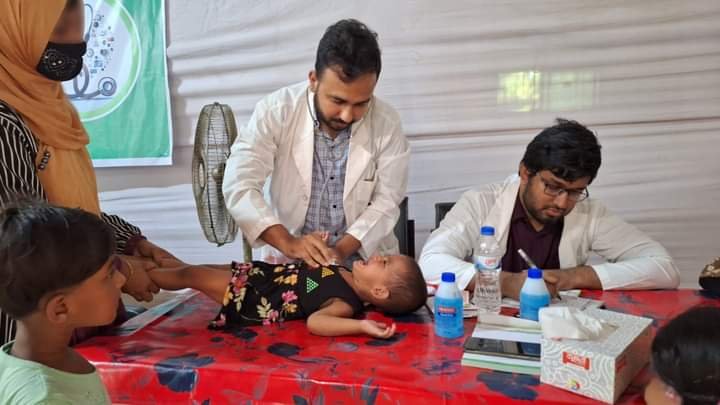

Banglsdeshy peoples who are performed basically Islamic politics there are very much kindful and Co operative to each other when someone to fallen vulnerable situation in flood,hot weather and cold etc.
Oh yeah,, thanks for your comment.